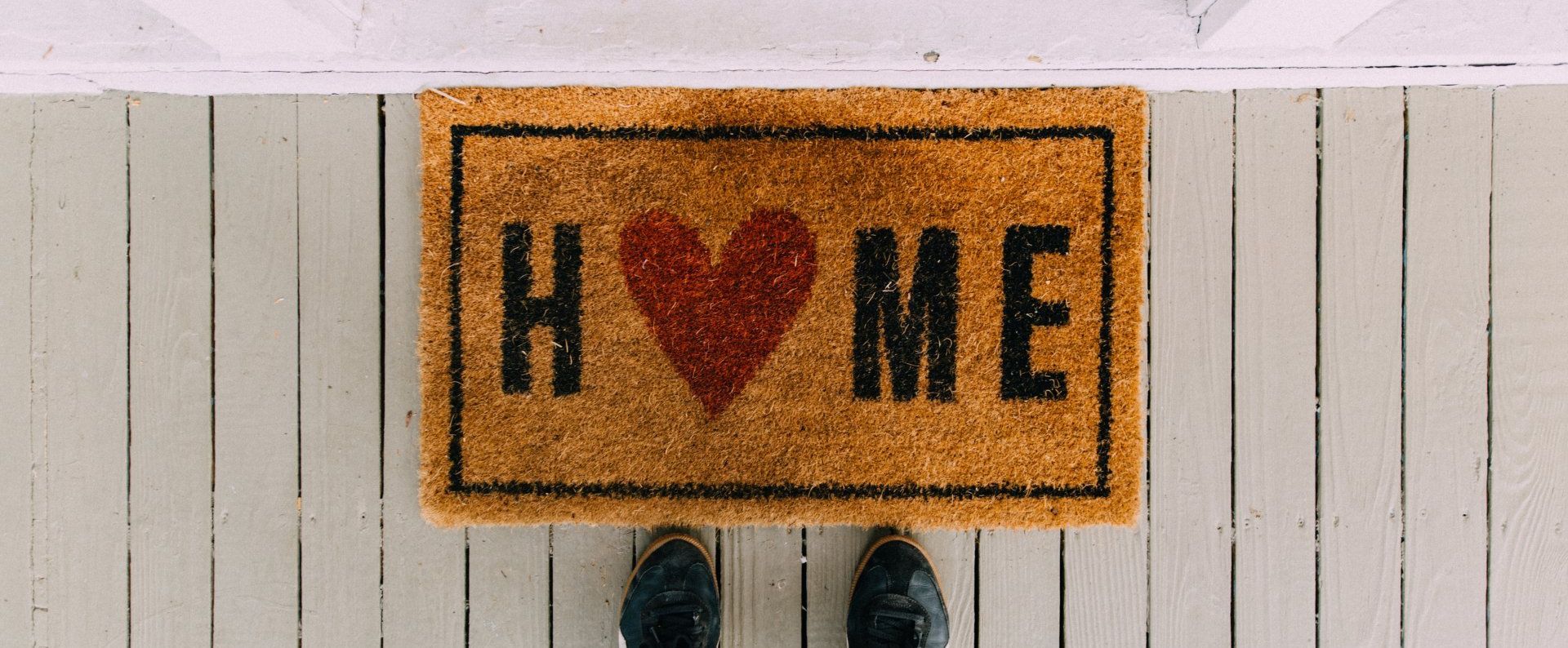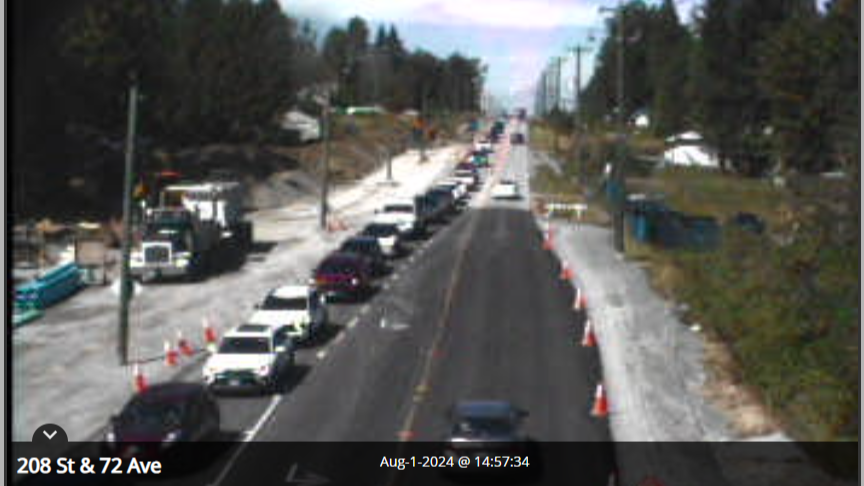Your home value declined: why your taxes may still go up

The assessed value of your home likely decreased over the past year. But you’ll still probably be paying more property taxes in the coming years.
This week, homeowners across the Fraser Valley received assessment notices. Most will have been told that the value of their home declined from the previous year. But for most, their property taxes won’t decline.
How neighbours’ home values affect your taxes.
With the exception of homes in Langley Township, property values fell last year across the Fraser Valley according to BC Assessment:
- Langley City: 🔻 2%
- Langley Township: 🔼 2%
- Abbotsford 🔻 3%
- Mission 🔻 2%
- Chilliwack 🔻 5%
- Kent 🔻 3%
- Harrison Hot Springs 🔻 6%
- Hope 🔻 13%
You can see a map with average property value changes in each municipality here. Note: what matters for the following analysis is the city-wide residential total, not the amount for each residential class or neighbourhood.
Although home prices are directly tied to property taxes, your own home’s value isn’t the only factor involved. Just as important is the value of other properties in your municipality.
Two years ago, amid spiking home values, we explained that a homeowner could see their tax bills decrease even if their property values rose. Today, the reverse is true: most people whose homes decreased in value will still pay higher taxes next year.
This is because property taxes aren’t set like income taxes. Instead of focusing on the tax rate, cities set tax revenue targets. If they didn’t, city services would vary incredibly from year-to-year depending on how the property market behaved. If taxes moved in lock step with property values, cities this year would need to slash services to balance their budgets.
So in general, a municipality decides how much money it needs from residents to finance its operations each year, then a commensurate property tax rate (often called the mill rate) is set. In general if one year a municipality needs $100 million and the next it needs $105 million, we say taxes are going up by 5%, regardless of how the mill rate changes. The municipality then calculates the total value of property in its boundaries and figures out the tax rate that must be applied to get its $105 million.
This means that the mill rate itself bounces around. Indeed, even as your property taxes have risen in recent years, the mill rate has actually declined because the value of homes has increased quicker than the spending of municipalities. Now, as home values stagnate, the opposite is happening.
What this means for the individual homeowner basis is that your property tax bill is only half determined by your own property’s value. The other half is determined by the value of other homes in your neighbourhood.
If your home goes up by the citywide average, you’ll see a property tax bill that changes in line with the municipality’s revenue target. This year, that means that if your home value declined by the average of 5% in Chilliwack, you’ll still see a tax increase of around 7%. In Abbotsford, a 3% decrease in home value will leave you with a tax bump of about 5%.
Of course, if your home’s value remained stable or increased, you’ll be looking at a higher tax increase. Meanwhile, if your home value decreased significantly more than the average, you might end up paying less taxes.







